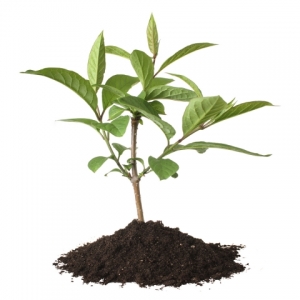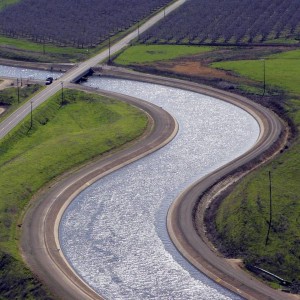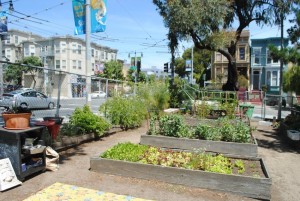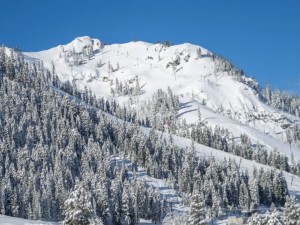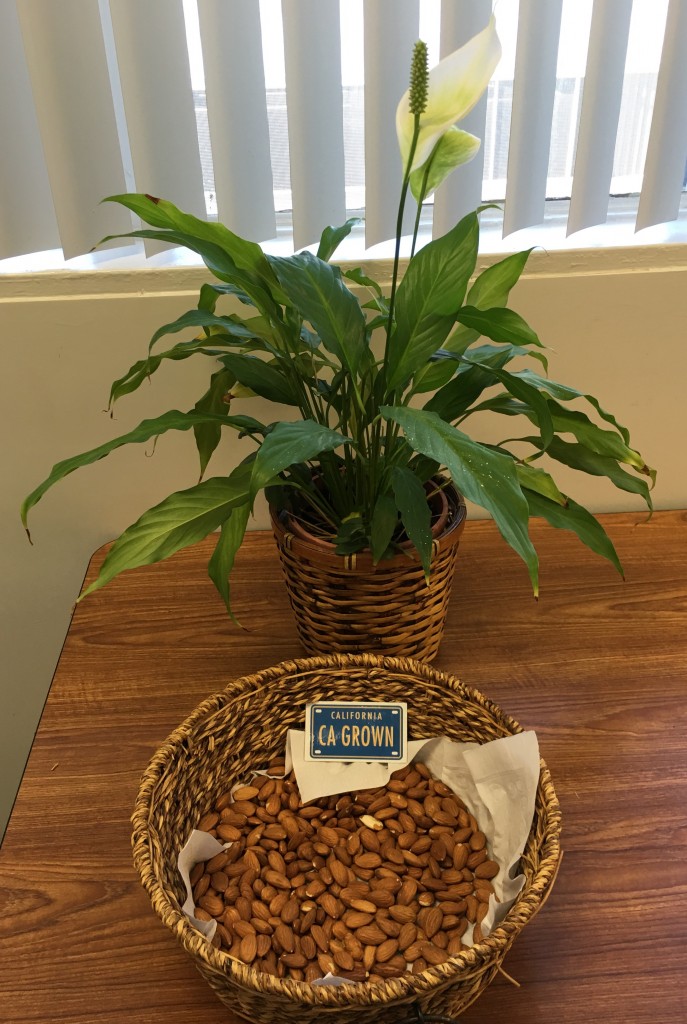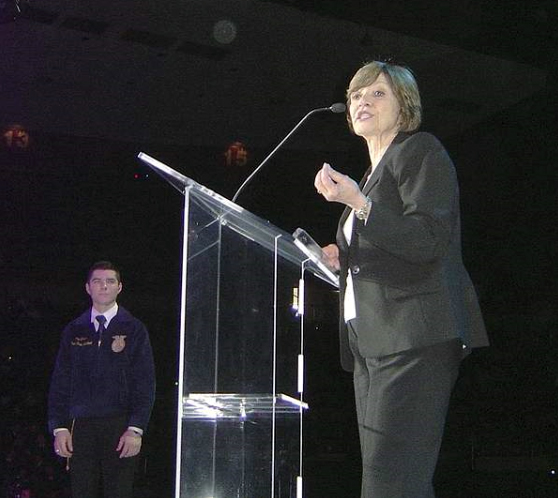By Sally Neas
For many climate change activists, the latest rallying cry has been, “Keep it in the ground,” a call to slow and stop drilling for fossil fuels. But for a new generation of land stewards, the cry is becoming, “Put it back in the ground!”
As an avid gardener and former organic farmer, I know the promise that soil holds: Every ounce supports a plethora of life. Now, evidence suggests that soil may also be a key to slowing and reversing climate change.
“I think the future is really bright,” said Loren Poncia, an energetic Northern Californian cattle rancher. Poncia’s optimism stems from the hope he sees in carbon farming, which he has implemented on his ranch. Carbon farming uses land management techniques that increase the rate at which carbon is absorbed from the atmosphere and stored in soils. Scientists, policy makers, and land stewards alike are hopeful about its potential to mitigate climate change.
Carbon is the key ingredient to all life. It is absorbed by plants from the atmosphere as carbon dioxide and, with the energy of sunlight, converted into simple sugars that build more plant matter. Some of this carbon is consumed by animals and cycled through the food chain, but much of it is held in soil as roots or decaying plant matter. Historically, soil has been a carbon sink, a place of long-term carbon storage.
But many modern land management techniques, including deforestation and frequent tilling, expose soil-bound carbon to oxygen, limiting the soil’s absorption and storage potential. In fact, carbon released from soil is estimated to contribute one-third of global greenhouse gas emissions, according to the Food and Agriculture Organization of the United Nations.
Ranchers and farmers have the power to address that issue. Pastures make up 3.3 billion hectares, or 67 percent, of the world’s farmland. Carbon farming techniques can sequester up to 50 tons of carbon per hectare over a pasture’s lifetime. This motivates some ranchers and farmers to do things a little differently.
“It’s what we think about all day, every day,” said Sallie Calhoun of Paicines Ranch on California’s central coast. “Sequestering soil carbon is essentially creating more life in the soil, since it’s all fed by photosynthesis. It essentially means more plants into every inch of soil.”
Calhoun’s ranch sits in fertile, rolling California pastureland about an hour’s drive east of Monterey Bay. She intensively manages her cattle’s grazing, moving them every few days across 7,000 acres. This avoids compaction, which decreases soil productivity, and also allows perennial grasses to grow back between grazing. Perennial grasses, like sorghum and bluestems, have long root systems that sequester far more carbon than their annual cousins.
By starting with a layer of compost, Calhoun has also turned her new vineyard into an effective carbon sink. Compost is potent for carbon sequestration because of how it enhances otherwise unhealthy soil, enriching it with nutrients and microbes that increase its capacity to harbor plant growth. Compost also increases water-holding capacity, which helps plants thrive even in times of drought. She plans to till the land only once, when she plants the grapes, to avoid releasing stored carbon back into the atmosphere.
Managed grazing and compost application are just a few common practices of the 35 that the Natural Resources Conservation Service recommends for carbon sequestration. All 35 methods have been proven to sequester carbon, though some are better documented than others.
David Lewis, director of the University of California Cooperative Extension, says the techniques Calhoun uses, as well as stream restoration, are some of the most common. Lewis has worked with theMarin Carbon Project, a collaboration of researchers, ranchers, and policy makers, to study and implement carbon farming in Marin County, California. The research has been promising: They found that one application of compost doubled the production of grass and increased carbon sequestration by up to 70 percent. Similarly, stream and river ecosystems, which harbor lots of dense, woody vegetation, can sequester up to one ton of carbon, or as much as a car emits in a year, in just a few feet along their beds.
On his ranch, Poncia has replanted five miles of streams with native shrubs and trees, and has applied compost to all of his 800 acres of pasture. The compost-fortified grasses are more productive and have allowed him to double the number of cattle his land supports. This has had financial benefits. Ten years ago, Poncia was selling veterinary pharmaceuticals to subsidize his ranch. But, with the increase in cattle, he has been able to take up ranching full time. Plus, his ranch sequesters the same amount of carbon each year as is emitted by 81 cars.
Much of the research on carbon farming focuses on rangelands, which are open grasslands, because they make up such a large portion of ecosystems across the planet. They are also, after all, where we grow a vast majority of our food.
“Many of the skeptics of carbon farming think we should be planting forests instead,” Poncia said. “I think forests are a no-brainer, but there are millions of acres of rangelands across the globe and they are not sequestering as much carbon as they could be.”
The potential of carbon farming lies in wide-scale implementation. TheCarbon Cycle Institute, which grew out of the Marin Carbon Project with the ambition of applying the research and lessons to other communities in California and nationally, is taking up that task.
“It really all comes back to this,” said Torri Estrada, pointing to a messy white board with the words SOIL CARBON scrawled in big letters. Estrada is managing director of the Carbon Cycle Institute, where he is working to attract more ranchers and farmers to carbon farming. The white board maps the intricate web of organizations and strategies the institute works with. They provide technical assistance and resources to support land stewards in making the transition.
For interested stewards, implementation, and the costs associated with it, are different. It could be as simple as a one-time compost application or as intensive as a lifetime of managing different techniques. But for all, the process starts by first assessing a land’s sequestration potential and deciding which techniques fit a steward’s budget and goals. COMET-Farm, an online tool produced by the U.S. Department of Agriculture, can help estimate a ranch’s carbon input and output.
The institute also works with state and national policy makers to provide economic incentives for these practices. “If the U.S. government would buy carbon credits from farmers, we would produce them,” Poncia said. These credits are one way the government could pay farmers to mitigate climate change. “Farmers overproduce everything. So, if they can fund that, we will produce them,” he said. While he is already sequestering carbon, Poncia says that he could do more, given the funding.
Estrada sees the bigger potential of carbon farming to help spur a more fundamental conversation about how we relate to the land. “We’re sitting down with ranchers and having a conversation, and carbon is just the medium for that,” he said. Through this work, Estrada has watched ranchers take a more holistic approach to their management.
On his ranch, Poncia has shifted from thinking about himself as a grass farmer growing feed for his cattle to a soil farmer with the goal of increasing the amount of life in every inch of soil.
Sally Neas is a freelance writer and community educator based in Santa Cruz, California. She has a background in permaculture, sustainable agriculture, and community development, and she covers social and environmental issues. She blogs at www.voicesfromthegreatturning.com.



